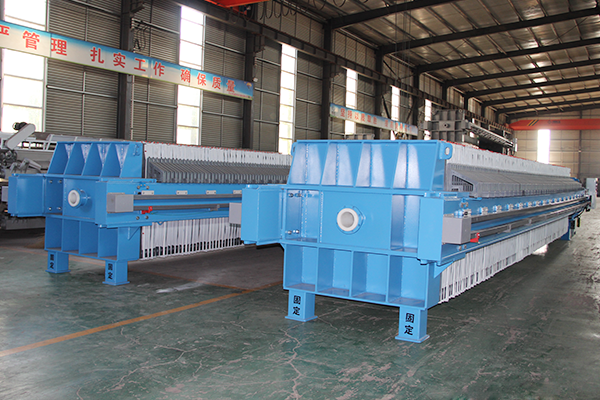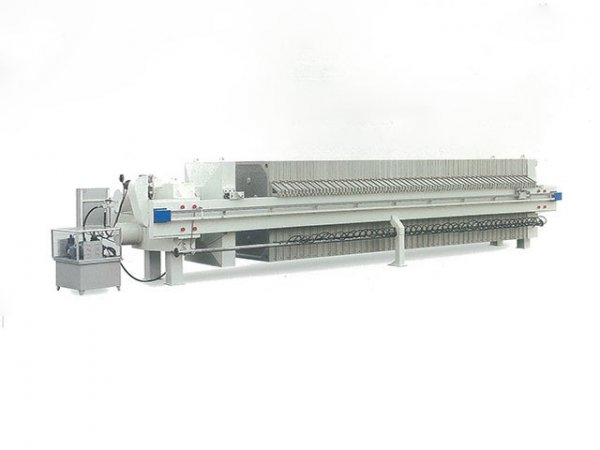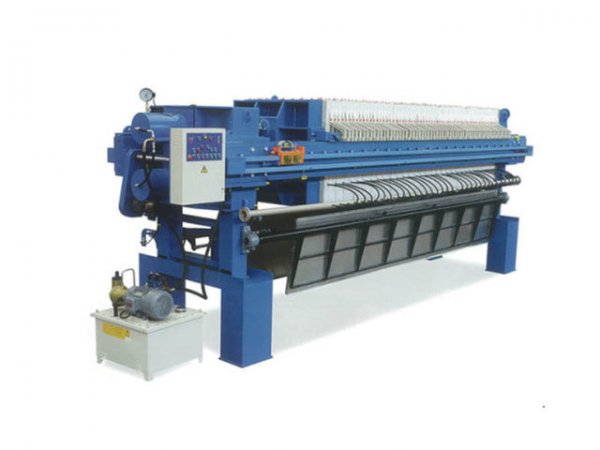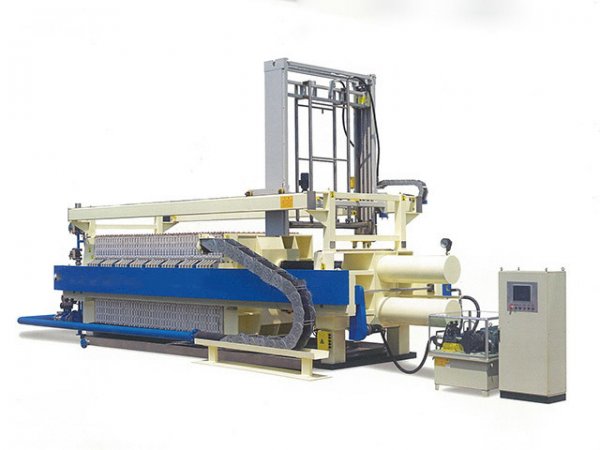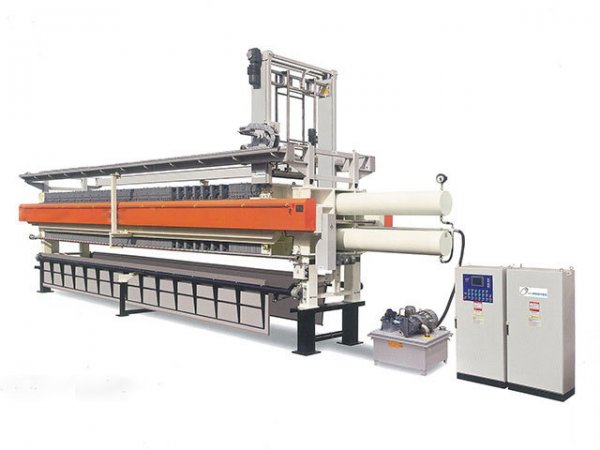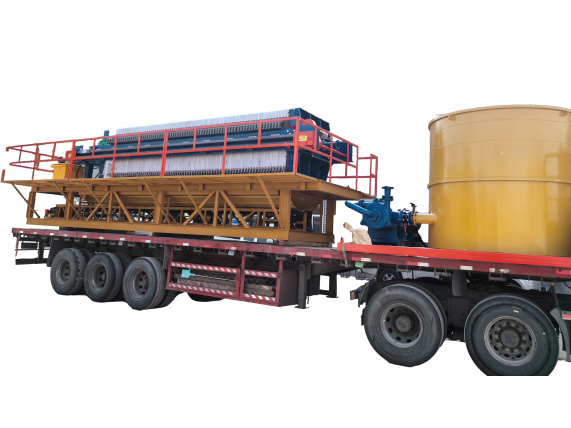NewsDetails
Selecting the Best Filter Cloth for Hydraulic Filter Press
author:Shuangcheng time:2025-11-21 06:22:41 Click:152
The filter cloth is the true heart of any hydraulic filter press. It defines how efficiently solids and liquids separate, how dry your filter cakes are, and how consistently your system performs over time. Many users focus on the machine itself—but in reality, even a high-quality press cannot deliver reliable results without the right cloth.
As a professional manufacturer with extensive production experience in filtration systems, we know that choosing the best filter cloth requires understanding how material, weave, and operating conditions work together. Let’s explore what makes the right choice—and how it can elevate your filtration efficiency.

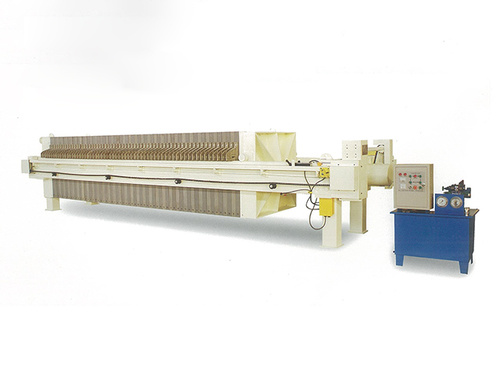
1. Why the Right Filter Cloth Matters
In a hydraulic filter press, slurry passes through tightly compressed plates lined with filter cloths. These cloths retain solid particles while allowing liquid (filtrate) to flow through.
If the cloth’s material or weave is not properly matched to the application, problems such as clogging, leakage, or poor cake release can quickly appear. On the other hand, a carefully selected cloth maximizes throughput, extends service life, and ensures clean, consistent filtrate.
Simply put, the right filter cloth makes your filtration system faster, cleaner, and more durable.
2. Key Considerations for Filter Cloth Selection
a. Material Composition
Different fibers behave differently under mechanical, chemical, and thermal stress. Common materials include:
·Polypropylene (PP): Excellent chemical resistance and widely used in general industrial applications.
·Polyester (PET): Withstands higher temperatures and offers great mechanical stability.
·Nylon (PA): Ideal for abrasive materials, providing flexibility and strength.
·Cotton: A natural option for mild applications, though less durable than synthetics.
When selecting the material, always consider your slurry’s temperature, pH, and chemical makeup.
b. Weave Pattern
The fabric’s weave directly influences how the slurry passes through:
·Plain weave delivers high precision and even pore distribution.
·Twill weave provides added strength for high-pressure cycles.
·Satin weave offers smoother cake release and easier cleaning.
The goal is to balance filtration clarity with operational speed.
c. Permeability and Pore Size
The finer the pores, the cleaner the filtrate—but slower the cycle. Coarser weaves increase flow but may allow smaller particles to pass. Finding the right pore size depends on your specific solid-liquid separation needs.
d. Resistance to Environment
Filter cloths must withstand heat, pressure, and chemical attack. For harsh acids or alkaline conditions, specialized polyester or polypropylene fabrics are usually preferred.
3. Matching Filter Cloths to Industry Applications
Each industry requires unique filtration characteristics, and thus different filter cloth designs:
·Mining and Minerals: Strong synthetic fibers with abrasion resistance are essential.
·Chemical and Pharmaceutical: Fine-pore polyester cloths ensure purity and controlled separation.
·Food and Beverage: Food-grade polypropylene or cotton cloths maintain hygiene and safety.
·Wastewater Treatment: Coarser polypropylene weaves increase throughput and reduce clogging.
Collaborating with a trusted manufacturer ensures that your filter cloth aligns with your application’s physical and chemical conditions.
4. Common Filtration Issues Caused by Improper Cloth Choice
Even the most advanced hydraulic presses can underperform if the cloth isn’t suitable. Common issues include:
·Filter blinding: When pores clog due to unsuitable weave or particles.
·Excess leakage: From mismatched pore size or poor cloth tensioning.
·Short lifespan: Caused by chemical attack or abrasion.
·Low clarity: Due to coarse fabrics or worn-out fibers.
Understanding these warning signs helps operators make timely replacements and maintain stable production.
5. Maintenance and Cleaning for Longer Cloth Life
Extending the lifespan of your filter cloth is simple but often overlooked. Regular care reduces replacement costs and improves filtration quality.
·Clean cloths after every cycle using high-pressure water or mild detergents.
·Avoid sharp objects when installing or removing cloths.
·Dry cloths properly to prevent bacterial growth or fiber weakening.
·Inspect regularly for fabric damage, stiffness, or loss of permeability.
Routine maintenance ensures that your hydraulic filter press continues performing at maximum efficiency over many production cycles.
6. The Role of the Manufacturer in Cloth Quality
Reliable manufacturers invest in precision weaving, advanced testing, and controlled production environments to guarantee consistent filter cloth performance.
High-quality manufacturers can customize fabrics for specific needs—adjusting pore size, surface treatment, and stitching to meet precise industrial requirements. They also conduct laboratory filtration tests to verify that each cloth meets pressure and flow standards before shipment.
Choosing a manufacturer with strong production capabilities ensures stable filtration results and long-term machine compatibility.
7. Practical Tips for Optimizing Performance
To get the most from your filter cloth and hydraulic system, remember these best practices:
·Match the cloth’s pore size to your solid particle range.
·Keep a consistent feed pressure to maintain even cake formation.
·Monitor filtration time and flow rate for early signs of blinding.
·Replace cloths on schedule instead of waiting for failures.
These steps improve not only filtration speed but also overall process reliability.
Conclusion
Selecting the right filter cloth is one of the smartest investments you can make in your hydraulic filter press. The correct material and weave don’t just enhance efficiency—they protect your equipment and ensure predictable results batch after batch.
As an experienced manufacturer specializing in filtration system production, we’ve seen firsthand how a carefully chosen filter cloth can extend equipment life, improve cycle consistency, and reduce operating costs.
When performance, precision, and durability matter, the right filter cloth transforms your hydraulic filter press from a simple tool into a high-efficiency production asset.
References
GB/T 7714:Jeong C, Kim E, Han S. Evaluation of Ultrasonic Cleaning Characteristics of Filter Cloth in Filter Press Cleaning System[J]. Processes, 2025, 13(5): 1574.
MLA:Jeong, Cheoljin, Eunju Kim, and Sueongkuk Han. "Evaluation of Ultrasonic Cleaning Characteristics of Filter Cloth in Filter Press Cleaning System." Processes 13.5 (2025): 1574.
APA:Jeong, C., Kim, E., & Han, S. (2025). Evaluation of Ultrasonic Cleaning Characteristics of Filter Cloth in Filter Press Cleaning System. Processes, 13(5), 1574.
 Recommended Products
Recommended Products
 Contact us
Contact us
—— Contact:Manager
—— Tel:+86 16632826789
—— Email:sales@hbscfilterpress.com
—— Url:https://www.hbscfilterpress.com
—— Address:West Zone of Economic Development Zone, Fucheng County, Hengshui City, Hebei Province

